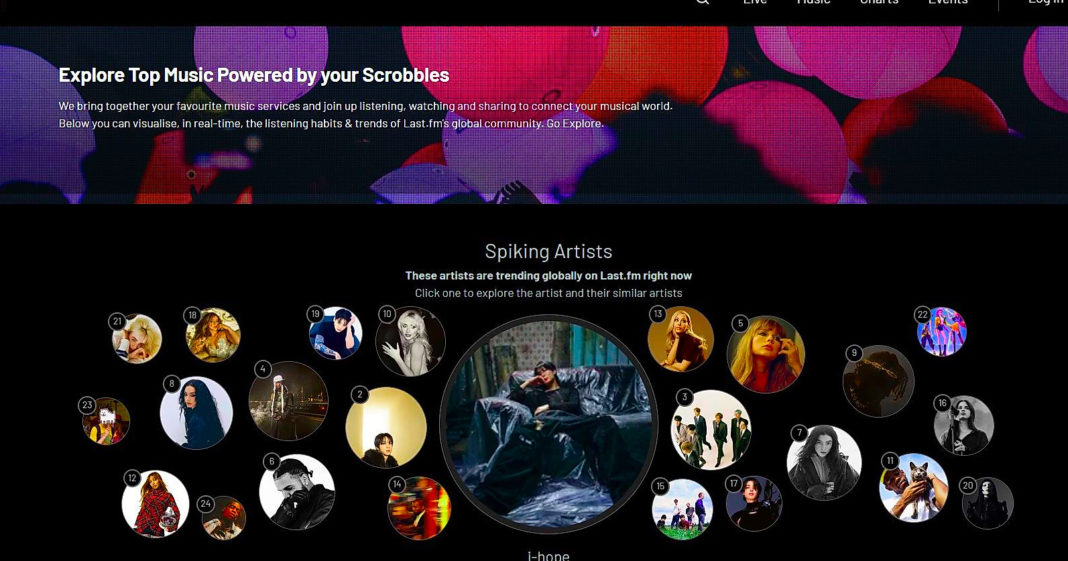Rediscovering a Superior Music Discovery Tool: Why Last.fm Still Reigns Supreme
My reactivation of my Last.fm account after several years was unexpected; however, the experience felt akin to reuniting with a cherished friend brimming with new narratives. While many celebrate Spotify’s automated recommendations, this established service surpasses it in unearthing fresh music.
Why I Prefer Last.fm for Discovering New Music
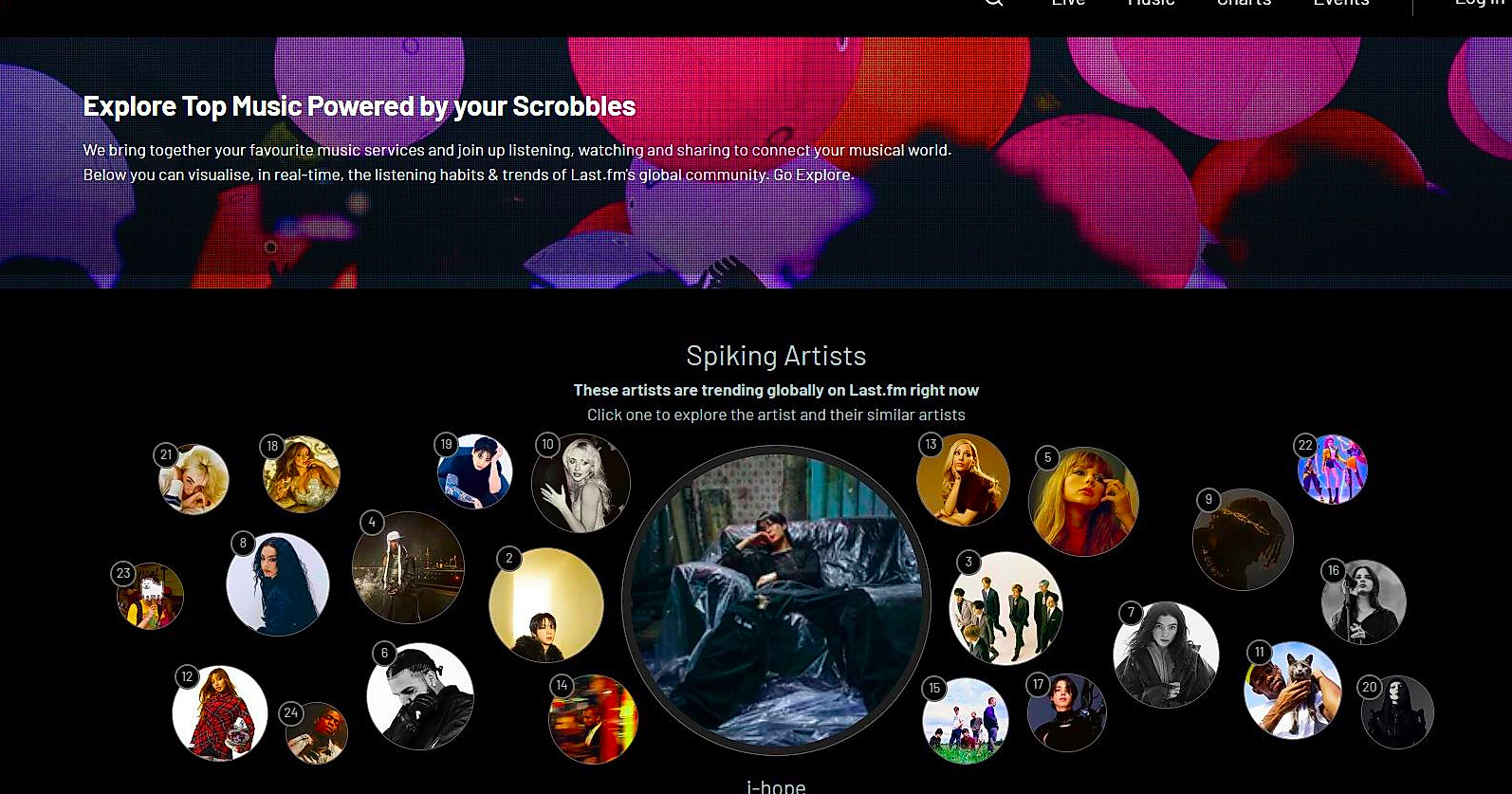
Returning to Last.fm after a prolonged absence felt like entering a familiar yet improved space. Its charm lies in its clear and natural approach to suggesting music. Unlike Spotify’s opaque algorithm, Last.fm transparently reveals how it generates recommendations. Understanding the connections between my favorite artists, such as the shared fan base of Arctic Monkeys and The Strokes, provides a sense of legitimacy rather than an arbitrary suggestion.
Last.fm’s music discovery process feels more genuine than that offered by most music streaming platforms. The platform bases its suggestions on actual listening habits from real users, not solely on predictions designed to maximize user engagement. This community-focused approach ensures music discovery happens through the accumulated data of millions, rather than through curated tracks designed for extended platform use.
This transparency and personal touch distinguishes Last.fm. Its recommendations feel tailored and understandable. Its capacity for helping users find new music outperforms Spotify’s abilities due to its special features and discovery tools.
Why Last.fm Excels Over Spotify in Music Discovery
Dedicated Spotify users might question the need for an alternative platform for music discovery when Spotify adequately fulfills that role. However, Last.fm offers significant advantages.
Cross-Platform Tracking Keeps Listening Logs Synchronized
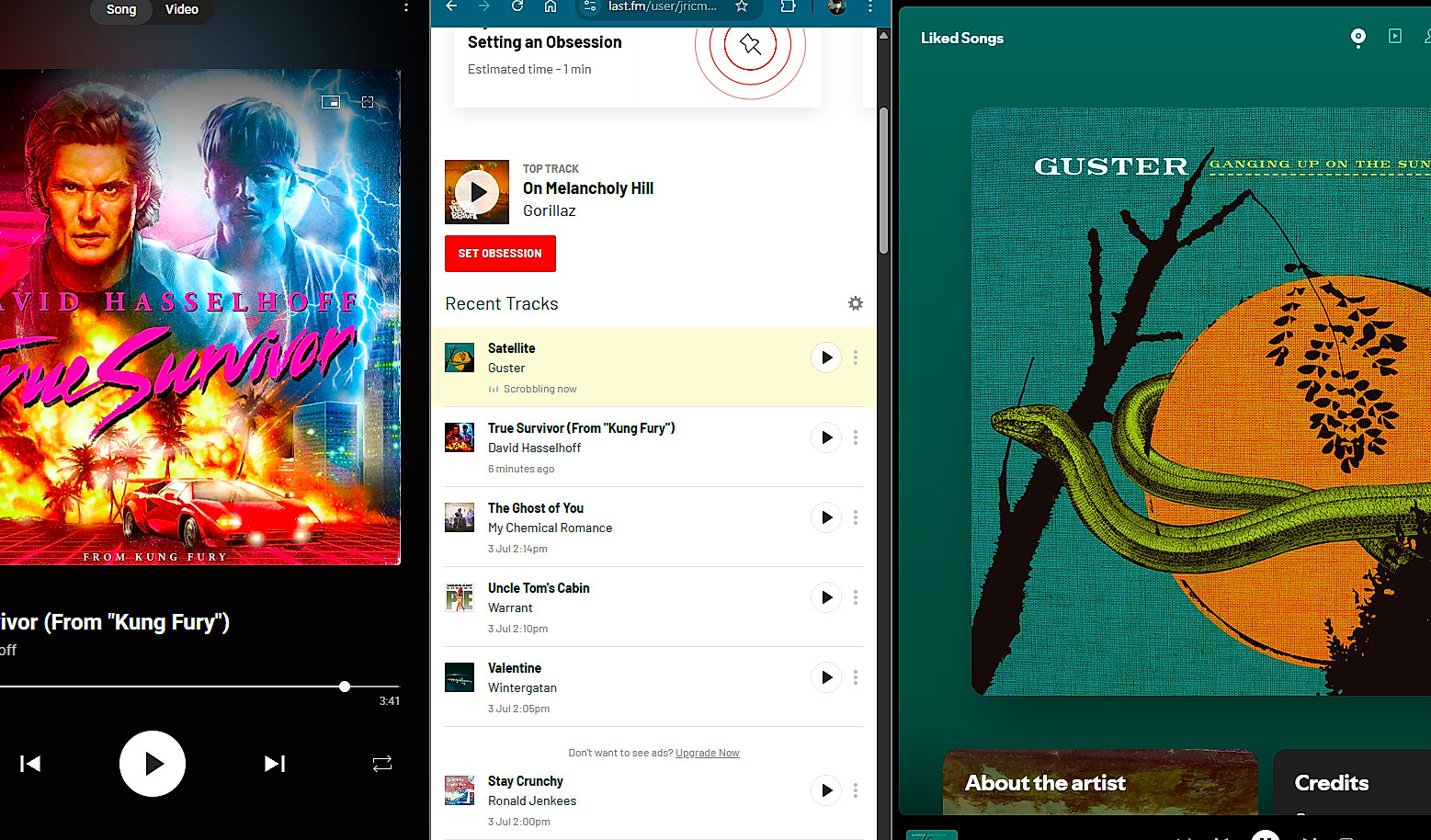
One significant advantage Last.fm holds over Spotify is its ability to track music across different platforms. Spotify’s features only reflect usage within its own platform, whereas Last.fm tracks everything.
This comprehensive tracking provides a complete history of music listening habits. Last.fm integrates with various popular music platforms, including Spotify, Apple Music, and YouTube. It captures not just what you listen to but also when, building a timeline of musical evolution.
Configuring cross-platform tracking takes minimal effort. Users can connect Spotify directly, use browser extensions for YouTube and SoundCloud, or employ third-party apps on phones for comprehensive data capture, irrespective of the music player.
Musical Neighbors and Taste Matching Facilitate Organic Music Discovery
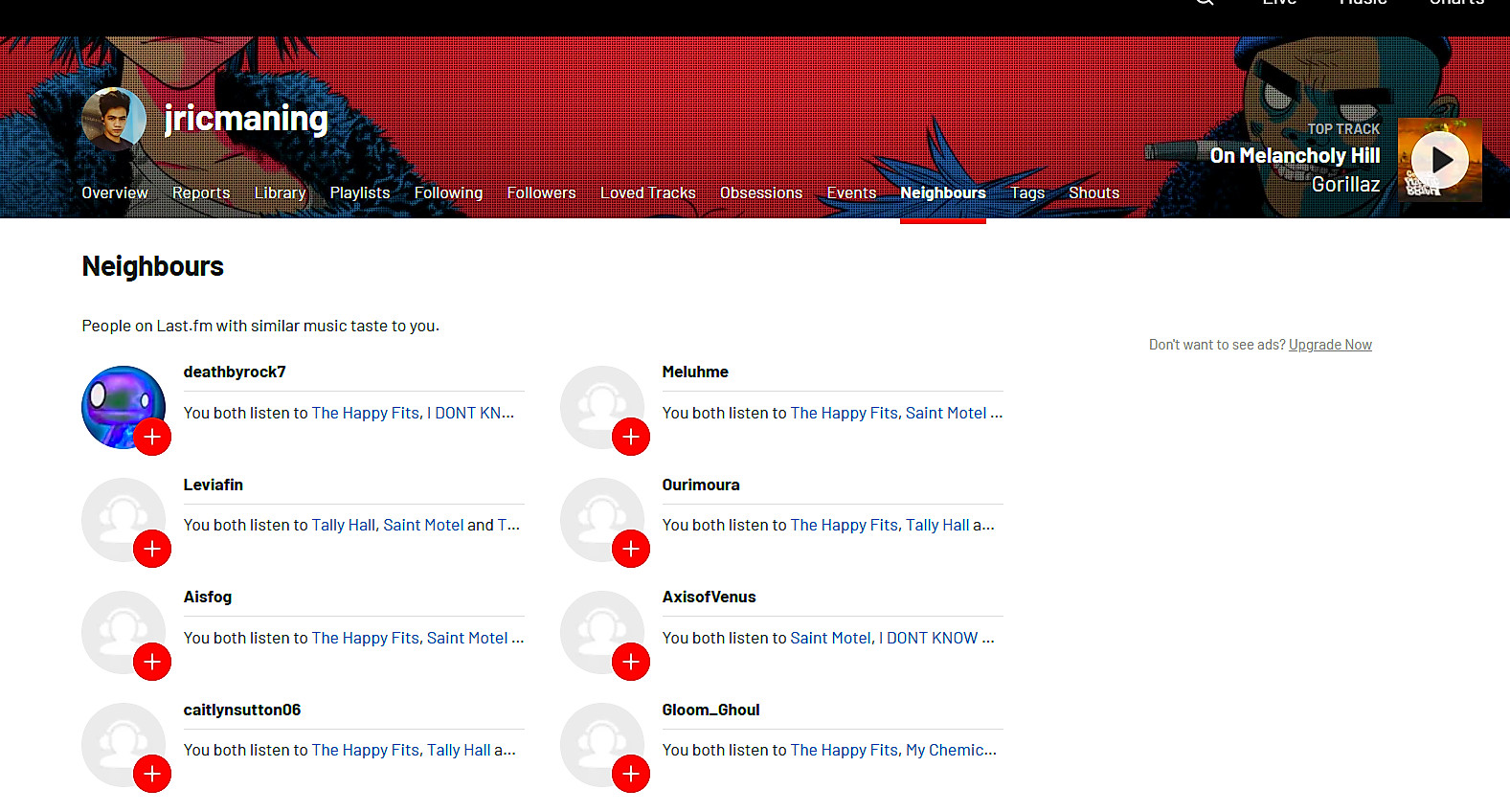
Last.fm’s “neighbors” function epitomizes its authentic music discovery approach. Rather than algorithmic suggestions, users can explore profiles of people with similar musical tastes. This fosters more organic recommendations, implicitly endorsed by those with aligned preferences.
Last.fm’s taste matching extends beyond simple genre classification. It analyzes listening habits, preferred artists, and even listening times to create precise taste profiles connecting users with similar musical engagement styles.
This community aspect offers context that algorithmic suggestions lack. The knowledge that a musical neighbor repeatedly listens to a specific album suggests its significance. Accessing musical neighbors is straightforward; clicking on “Neighbors” reveals users with similar tastes, often leading to discovering new artists aligned with existing preferences.
Weekly Personalized Music Analysis
Last.fm’s weekly reports surpass Spotify Wrapped in depth and accessibility. While Spotify Wrapped is an annual event, Last.fm provides detailed weekly reports that allow users to monitor their evolving musical tastes throughout the year. These reports, updated weekly, offer insights into changing listening habits.
The weekly analysis visually compares music listened to over the preceding seven days. Users can identify dominant artists, discover listening patterns, and observe seasonal shifts in musical interests. This regular analysis provides a more comprehensive understanding of one’s musical journey than annual summaries.
Comparative data helps track periods of new music discovery versus times spent with familiar favorites. Recent updates have further improved these features with enhanced visualization tools.
Advanced Filtering Features Enable Rediscovery of Forgotten Music
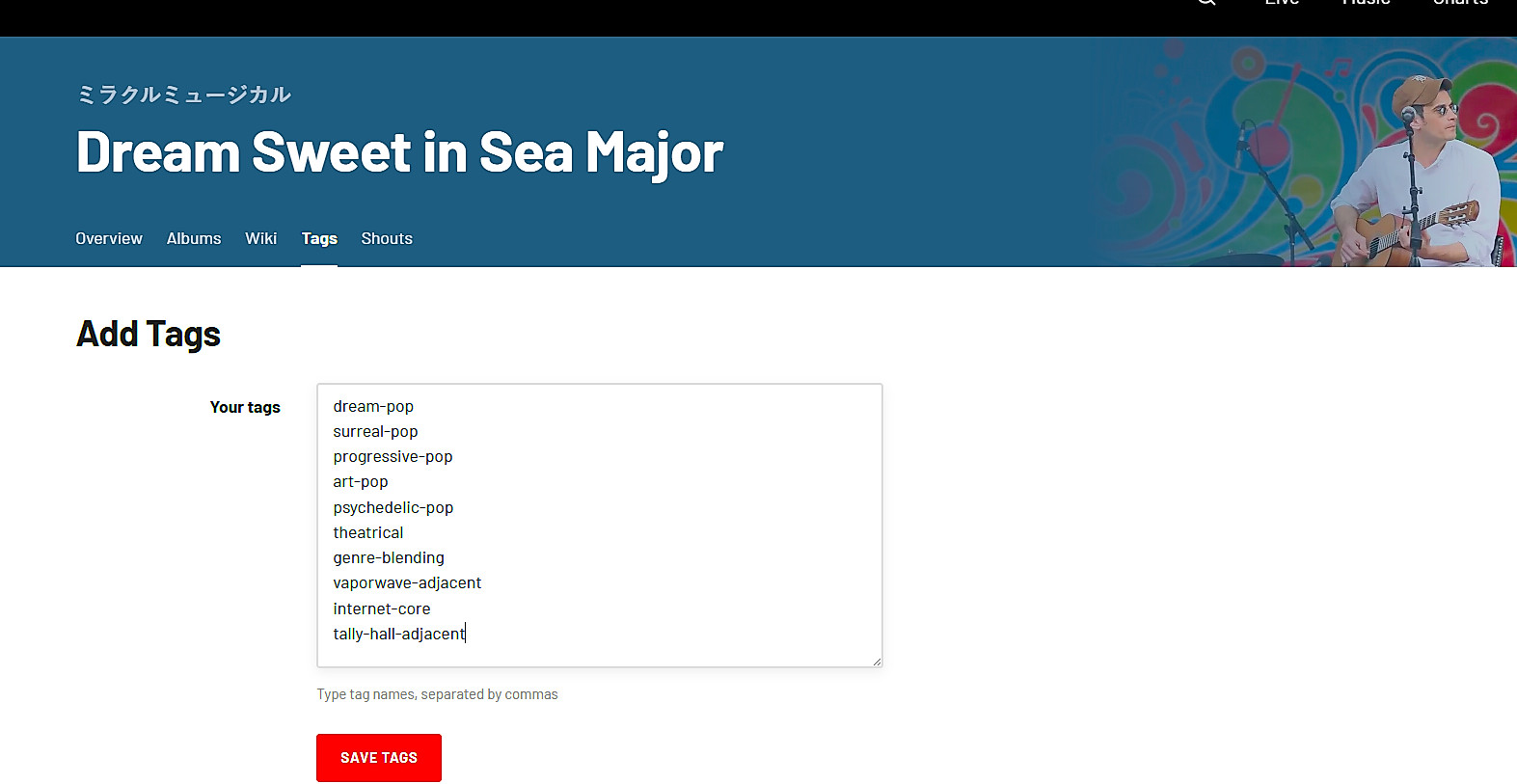
Last.fm’s library search functionality significantly enhances interaction with music data. Unlike Spotify’s catalog-limited search, Last.fm’s search allows exploration of personal listening history.
Filtering extends beyond basic search. Users can browse listening history by specific periods, from all-time favorites to recent discoveries. This temporal filtering aids in rediscovering forgotten music or tracing the evolution of musical tastes.
Recent updates have enhanced these features, including organization by recency for easier viewing of newly scrobbled or edited items. The tagging system creates another layer of discovery, with community-driven tags facilitating unexpected connections between songs.
Third-Party Applications Expand Last.fm’s Capabilities
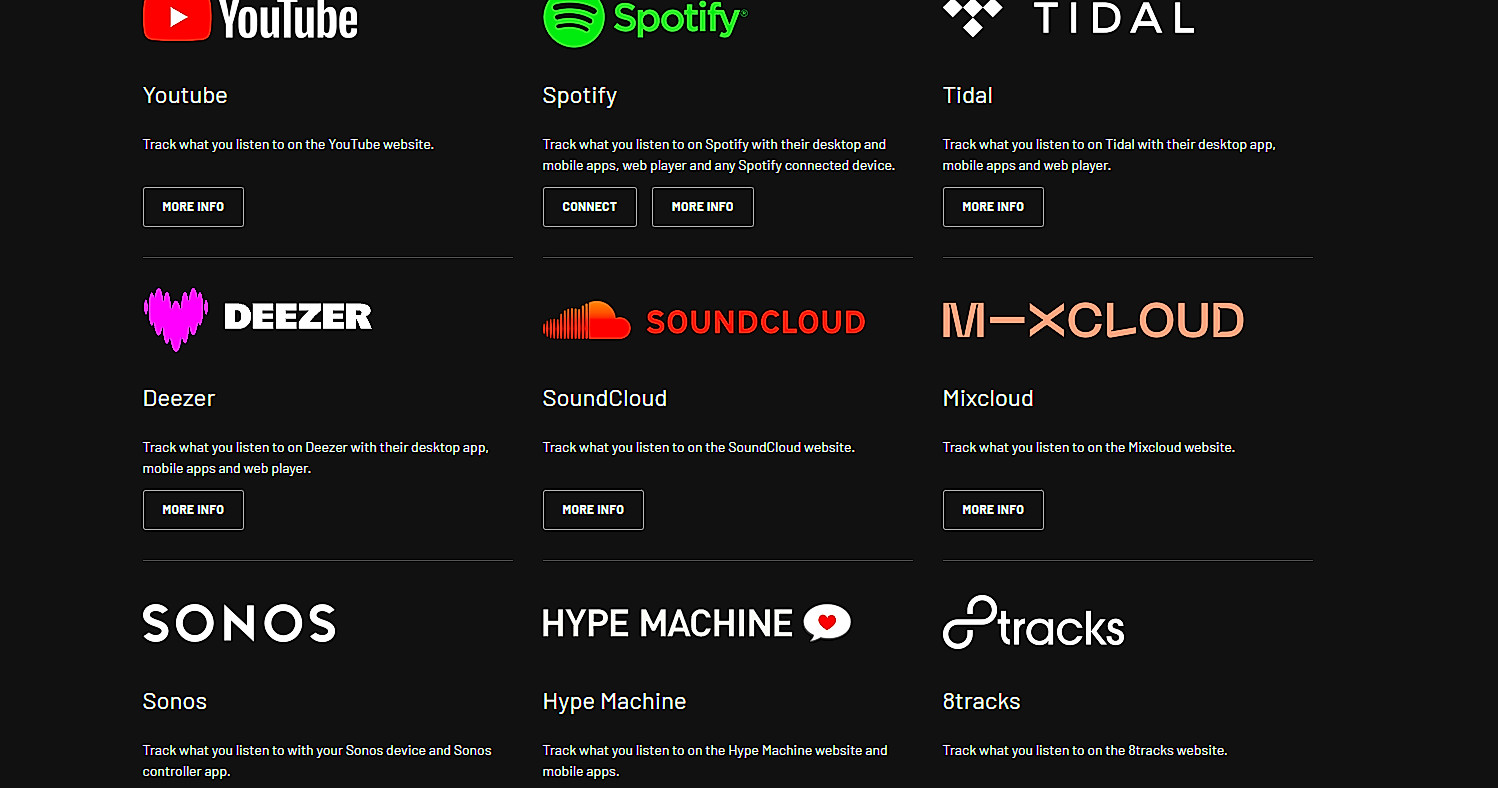
Last.fm’s capabilities exceed those of single streaming services due to its extensive ecosystem of third-party apps. These tools, built using Last.fm’s open API, transform how users interact with music data and discover new favorites.
Mobile apps such as Pano Scrobbler offer control over listening history, enabling real-time editing of scrobbles, artist blocking, and song identification via phone microphones. This flexibility simplifies music tracking.
Desktop applications improve the YouTube Music experience by directly integrating with Last.fm. These apps seamlessly scrobble tracks to Last.fm profiles, ensuring complete and up-to-date listening histories.
Visualization tools like Cartogrify present listening data as interactive maps, showing artists’ origins and revealing previously unnoticed patterns in music taste. This is particularly helpful for rebuilding musical profiles after data loss.
These are only a few examples; numerous third-party apps offer unique ways to connect, track, and visualize music. Last.fm’s open API supports a wide network of independent software, ranging from simple plugins and mobile apps to smart speaker and home audio system integrations.
My return to Last.fm highlighted its enduring appeal. Its community-driven recommendations, cross-platform tracking, detailed analysis tools, and extensive third-party ecosystem create a strong connection to music. While Spotify might garner attention with its features, Last.fm remains the preferred platform for those seeking deeper exploration and discovery.
